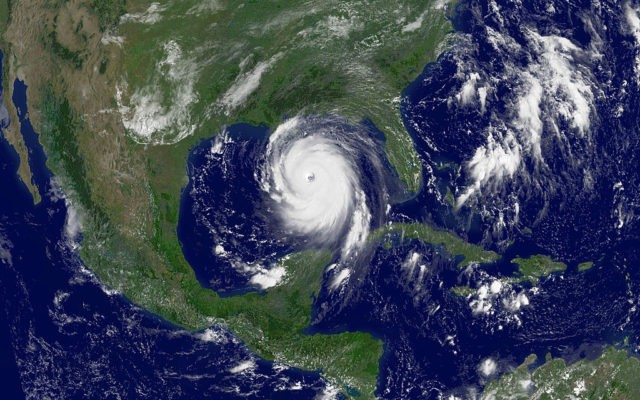The National Oceanic and Atmospheric Administration (NOAA) announced Thursday that it is expecting an above-normal Atlantic hurricane season but not what the federal agency called last year’s “historic level of storm activity.”
“Forecasters predict a 60 percent chance of an above-normal season, a 30 percent chance of a near-normal season, and a 10 percent chance of a below-normal season,” the announcement said.
“Although NOAA scientists don’t expect this season to be as busy as last year, it only takes one storm to devastate a community,” Ben Friedman, acting NOAA administrator, said. “The forecasters at the National Hurricane Center are well-prepared with significant upgrades to our computer models, emerging observation techniques, and the expertise to deliver the life-saving forecasts that we all depend on during this, and every, hurricane season.”
NOAA reported:
For 2021, a likely range of 13 to 20 named storms (winds of 39 mph or higher), of which 6 to 10 could become hurricanes (winds of 74 mph or higher), including 3 to 5 major hurricanes (category 3, 4 or 5; with winds of 111 mph or higher) is expected. NOAA provides these ranges with a 70% confidence. The Atlantic hurricane season extends from June 1 through November 30.
Last month, NOAA updated the statistics used to determine when hurricane seasons are above-, near-, or below-average relative to the latest climate record. Based on this update an average hurricane season produces 14 named storms, of which 7 become hurricanes, including 3 major hurricanes.
El Nino Southern Oscillation (ENSO) conditions are currently in the neutral phase, with the possibility of the return of La Nina later in the hurricane season.
“ENSO-neutral and La Nina support the conditions associated with the ongoing high-activity era,” Matthew Rosencrans, lead seasonal hurricane forecaster at NOAA’s Climate Prediction Center, said.
“Predicted warmer-than-average sea surface temperatures in the tropical Atlantic Ocean and Caribbean Sea, weaker tropical Atlantic trade winds, and an enhanced west African monsoon will likely be factors in this year’s overall activity,” Rosencrans said.
In light of the announcement, federal officials urged Americans to be vigilant.
“Now is the time for communities along the coastline as well as inland to get prepared for the dangers that hurricanes can bring,” Secretary of Commerce Gina Raimondo said in the NOAA report. “The experts at NOAA are poised to deliver life-saving early warnings and forecasts to communities, which will also help minimize the economic impacts of storms.”
“With hurricane season starting on June 1, now is the time to get ready and advance disaster resilience in our communities,” said FEMA Administrator Deanne Criswell. “Visit Ready.gov and Listo.gov to learn and take the steps to prepare yourself and others in your household. Download the FEMA app to sign-up for a variety of alerts and to access preparedness information. Purchase flood insurance to protect your greatest asset, your home. And, please encourage your neighbors, friends and coworkers to also get ready for the upcoming season.”
“NOAA also issued seasonal hurricane outlooks for the Eastern and Central Pacific basins, and will provide an update to the Atlantic outlook in early August, just prior to the peak of the season,” the announcement said.
Follow Penny Starr on Twitter or send news tips to pstarr@breitbart.com

COMMENTS
Please let us know if you're having issues with commenting.